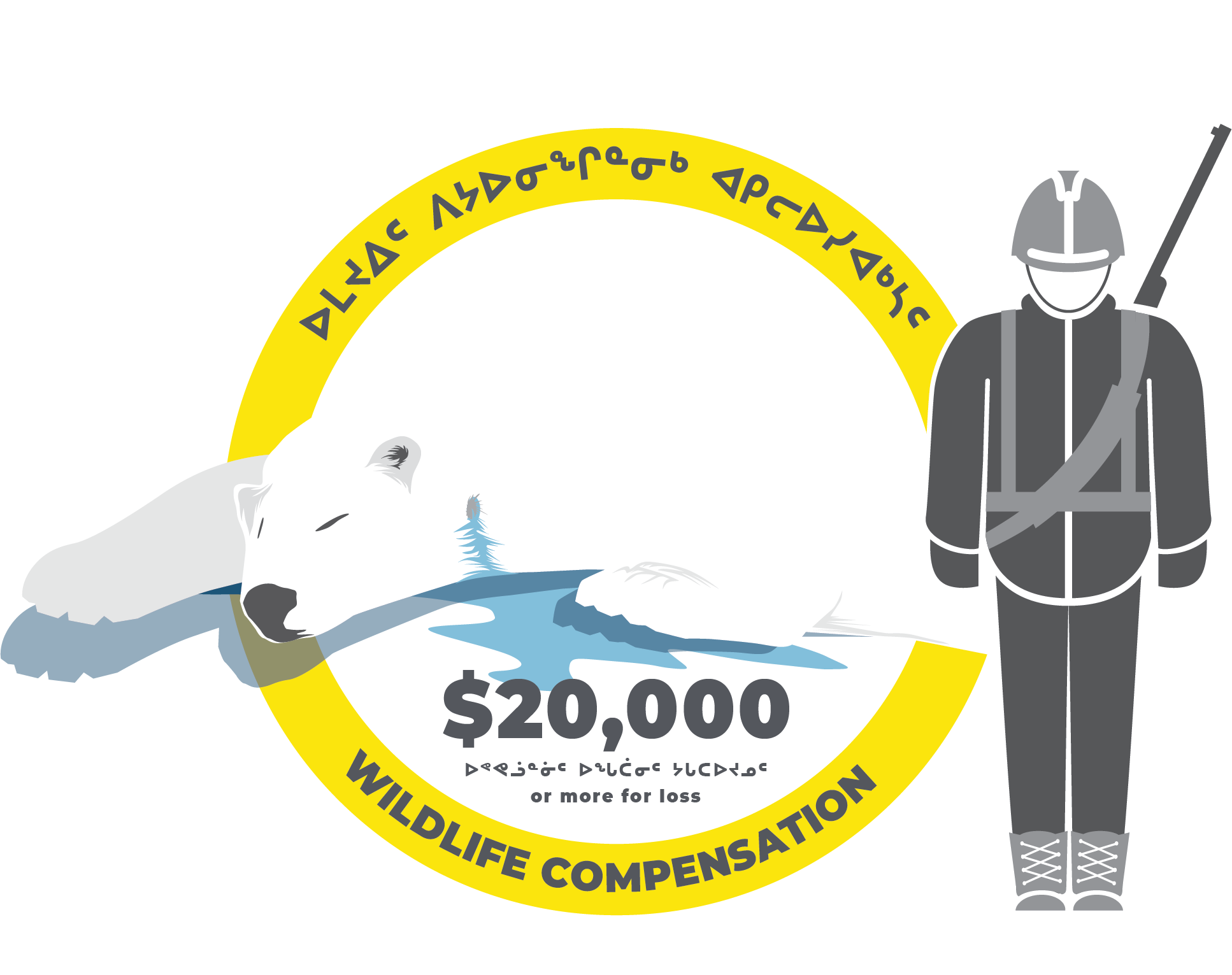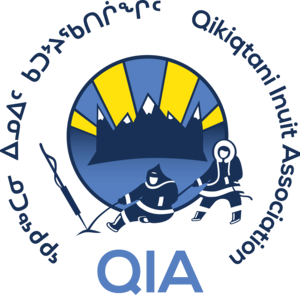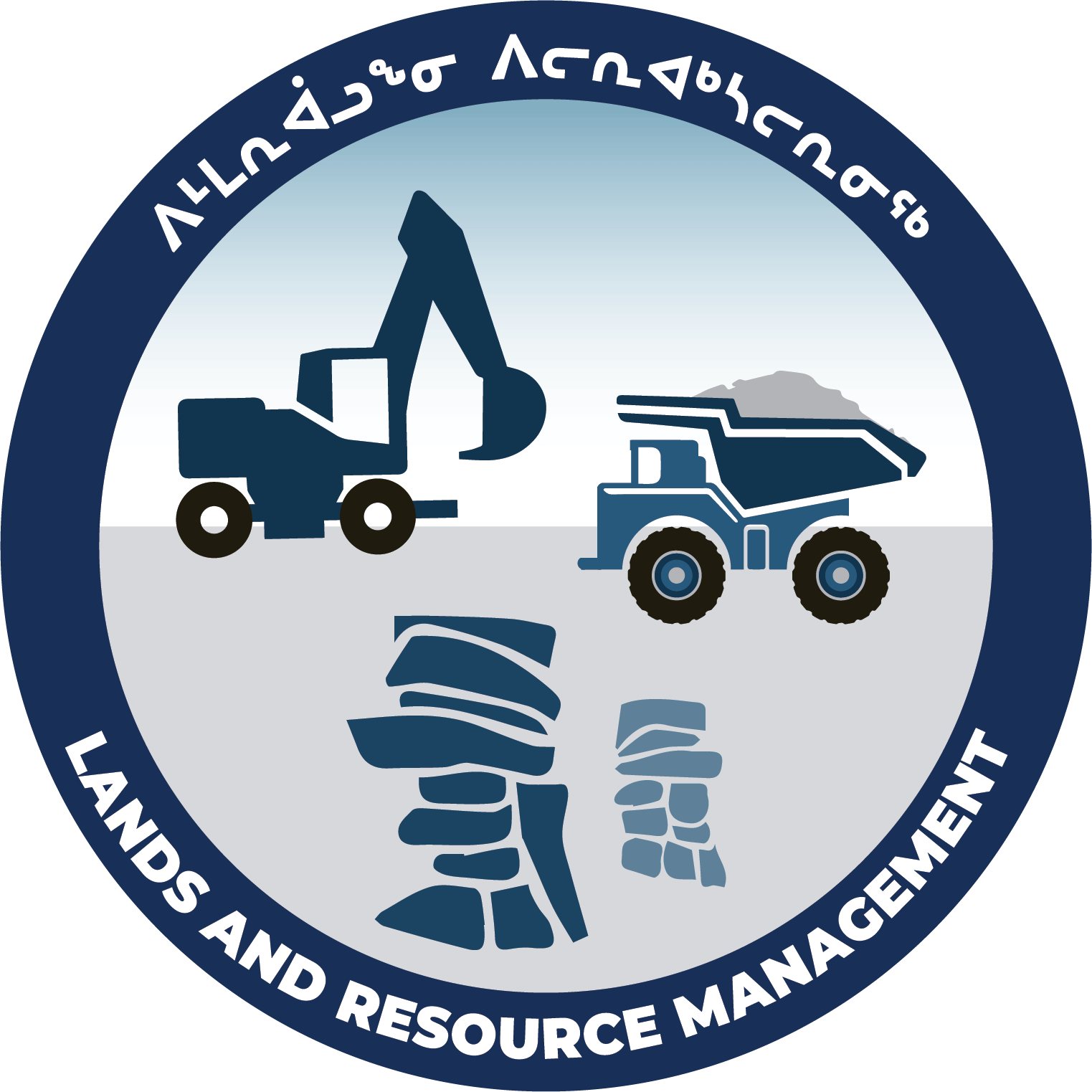Mary River Inuit Impact and Benefit Agreement
The Mary River mine started operations in the Qikiqtani Region in 2013 with the signing of an Inuit Impact and Benefit Agreement between QIA and Baffinland Iron Mines. The mine is located on Baffin Island about 950 km northwest of Iqaluit and 175 km southwest of Pond Inlet. The mine produces iron ore.
The Mary River project is adjacent to Arctic Bay, Clyde River, Sanirajak, Igloolik, and Pond Inlet. Shipping related to the mine also impacts Kinngait and Kimmirut.
The Mary River Inuit Impact and Benefit Agreement was renegotiated in October 2018 to include additional benefits for Inuit in the impacted communities.
The Mary River Inuit Impact and Benefit Agreement
2018 Annual Project Review Forum Report
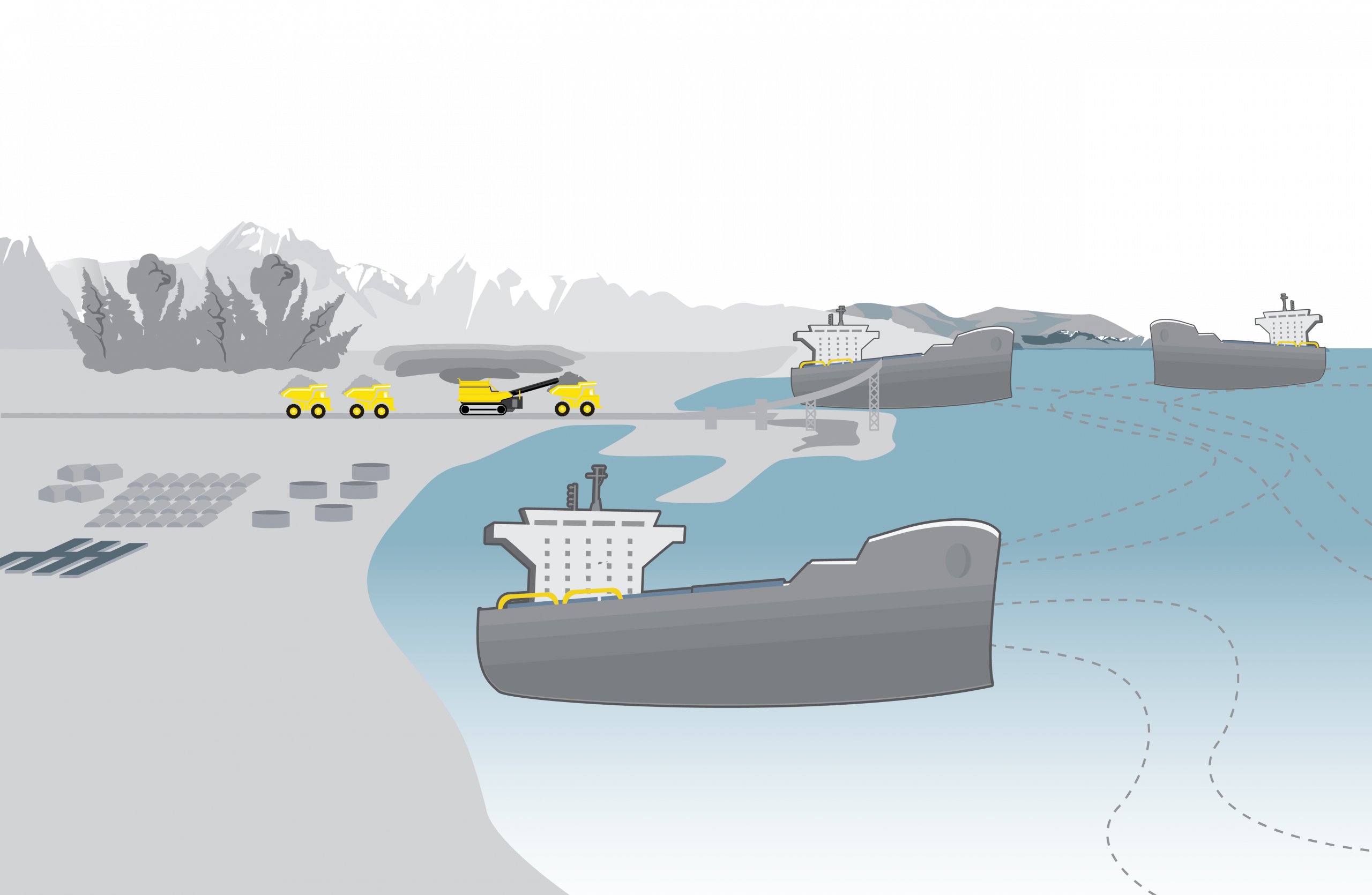
Inuit Owned Land Tourism Fees
Generating Tourism Income
In October 2019, QIA implemented a tourism operation fee for commercial tourism operators who wish to access Inuit Owned Lands.
Tourism in Qikiqtani communities has increased, with a noticeable rise of cruise ship travel throughout the Inuit Nunangat. Before the tourism fees were established, tourism operations did not generate significant direct benefits to Qikiqtani communities.
QIA has leveraged the tourism operation fees in order to generate direct benefits for Inuit in communities impacted by tourism.
Fifty percent of the tourism fees will go to the Hunters and Trappers Organizations of the community adjacent to the Inuit Owned Land being used.
The tourism operation fees include:
- Plane landing on IOL: $150/landing
- Helicopter landing on IOL: $100/landing
- Commercial guest access for camping on IOL: $50/day
- Commercial guest access for less than six hours on IOL: $25/day
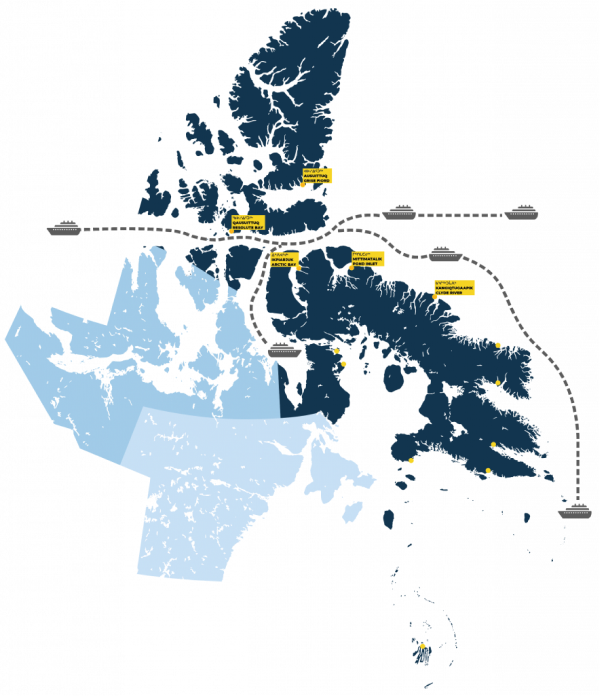
Inuit Owned Land Permit
Inuit Owned Land Registry
QIA has an online Land Use Application Registry for land use permit applications. Applicants can submit, and check, the status of their application through this online portal.
The online system also includes automatic reminders to applicants on reporting deadlines and inspection timings to ensure all essential documents are received on time.
Paper-based applications will still be accepted in English and Inuktitut for those who do not have access to the internet.
For more information contact the Land Use Registry at registry@qia.ca

Strategic Environmental Assessment
Assessment of Oil and Gas Activities in Baffin Bay and Davis Strait
In 2016 the Federal Government placed a moratorium on new oil and gas activities in all offshore Canadian Arctic waters. This decision will be reviewed again in 2021..
The Nunavut Impact Review Board (NIRB) initiated a Strategic Environmental Assessment (SEA) on oil and gas activities in Baffin Bay and Davis Strait in response to the moratorium. The purpose of the SEA is to understand the associated risks, benefits, and management strategies of offshore oil and gas activities in Baffin Bay and Davis Strait.
The SEA report and associated recommendations will inform the Federal Government’s decision in 2021.Since 2017, QIA has been a part of the working group for the SEA study. The primary focus has been working with Inuit to collect Inuit Qaujimajatuqangit (traditional knowledge), which will inform the final recommendations of the SEA.
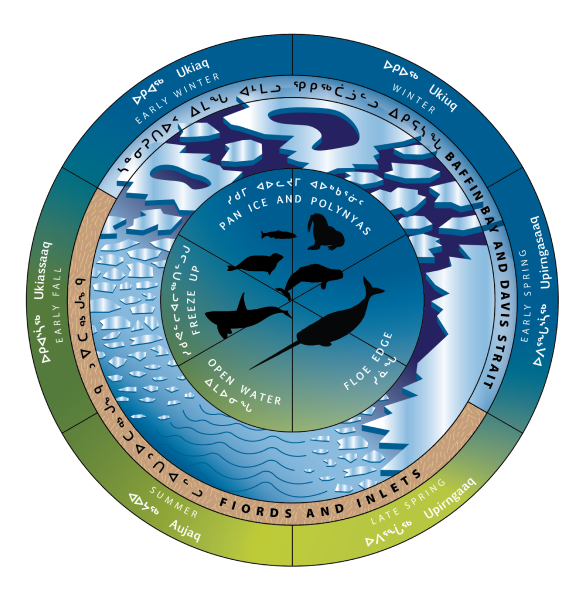
Wildlife Compensation Fund
The Mary River Wildlife Compensation Fund was created as part of the Inuit Impact Benefits Agreement between QIA and Baffinland Iron Mine.
The fund is designed to address the potential impact of the Mary River Project on Qikiqtani harvesters.
Inuit in communities impacted by the Mary River mine can apply for funding if an incident of loss or damage to wildlife occurs. The incident must be caused directly or indirectly by activities related to the Mary River Project.
